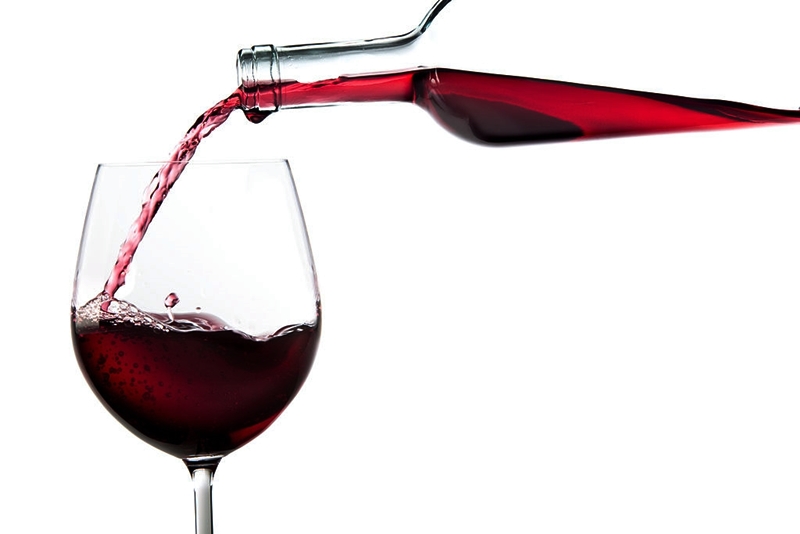
Tannins, the vital ingredient that imparts depth and complexity to wines, are more than just wine jargon. They're the cornerstone of a wine's character, contributing to taste, aroma, and longevity. The detection of a 'good' tannin can help identify whether a wine is ready to drink or needs more time to mature.
What are tannins?
Tannins are large, complex molecules often formulated as C14H14O11, without a single chemical structure, and capable of binding to other molecules. They're predominantly found in grapes and oak, especially oak and chestnut woods, from where they contribute to the aging of the wines.
The term "tannin" originated from the process of converting raw animal hides into leather, known as "tanning". They offer a distinctive light smell, a bitter and astringent taste, and a color that ranges from yellow to dark brown, depending on their age.
Two types of tannins

From a chemical perspective, tannins can be divided into two types: condensed tannins and hydrolyzable tannins. In wine, condensed tannins, also known as "proanthocyanidins," are predominant. They're molecules called anthocyanin originating from a flavonoid, which is a metabolite derived from plants and fruits.
On the other hand, hydrolyzable tannins, virtually absent in wine, are found in certain types of sugars.
The sensation of tannins
Tannins' popularity owes much to their detectability. A sip of a good red wine often leaves behind an astringent sensation, a feeling of dryness, coagulation, and a lack of saliva. That's the work of tannins.
To form an educated judgment about tannins—which can indicate whether a wine can be stored for longer—we need to understand different expressions of tannin on our palate.
Tannins can be robust, solid, or well-structured when they're abundant, meaning the astringent sensation is very clear. However, when the tannin is barely perceptible, we refer to them as minor, amorphous, or undefined tannins.
Tannicity: the tannin content in wines

Newly bottled great wines possess a high quantity of tannins. Their touch on the palate is dry, hard, astringent, rough. The level of tannins' presence in wine is referred to as tannicity.
Although a higher tannicity is often associated with a greater aging potential, some details need examination before jumping to conclusions.
Three cases of tannin interaction
After sipping a bit of wine and retaining it for around 15 seconds—the average time needed for tannins to express themselves fully—three different scenarios can unfold.
Firstly, a mild dryness in the gums may be felt, indicating that the wine is losing its tannic strength and should be consumed soon, as it won't evolve much further.
In the second case, a feeling of dryness and excessive bitterness may occur simultaneously, making it difficult to restore salivation. This could be due to the use of overly old barrels, especially if accompanied by woody aromas, or more commonly, the presence of certain vegetal memories due to excessive grape maceration. In these cases, the wine is deemed acerbic, harsh, or green due to the excessive presence of poorly formed tannins.
Lastly, when tannicity becomes less bitter, acidic, and salty, leaving the palate juicy without needing to brush the tongue over the gums to restore salivation, the tannins appear silky. This indicates that we're dealing with a wine with a good aging potential and well-formed tannins.
Aromatic memories of tannins

The final part of our examination should focus on their aromatic memory, where we can distinguish between wood or grape tannins.
In their best versions, wood tannins recall vanilla, cigar box, or fresh spices; when they do not reach the ideal quality, they remind us of sawdust, or the dust of aged wood.
Grape tannins, in their prime, reveal notes of red fruits. If their quality is lower, they may present vegetal, earthy aromas, withered flowers, stale cinnamon, or rust.
To conclude, tannins, despite their complex nature, have a defining role in the life of a wine. The art of recognizing and appreciating them leads to a more nuanced understanding and enjoyment of wine. While these insights may seem daunting at first, with practice and patience, anyone can master the language of tannins.
Founded in 2007, Vinetur® is a registered trademark of VGSC S.L. with a long history in the wine industry.
VGSC, S.L. with VAT number B70255591 is a spanish company legally registered in the Commercial Register of the city of Santiago de Compostela, with registration number: Bulletin 181, Reference 356049 in Volume 13, Page 107, Section 6, Sheet 45028, Entry 2.
Email: [email protected]
Headquarters and offices located in Vilagarcia de Arousa, Spain.